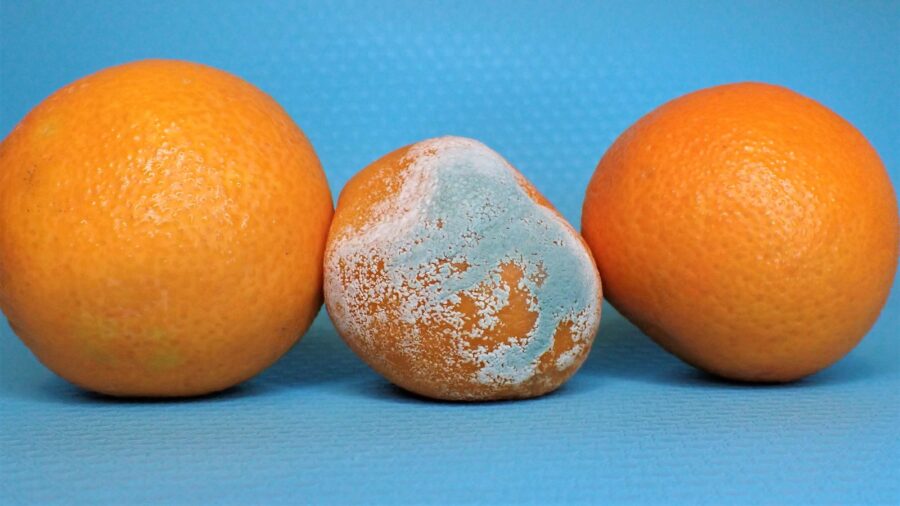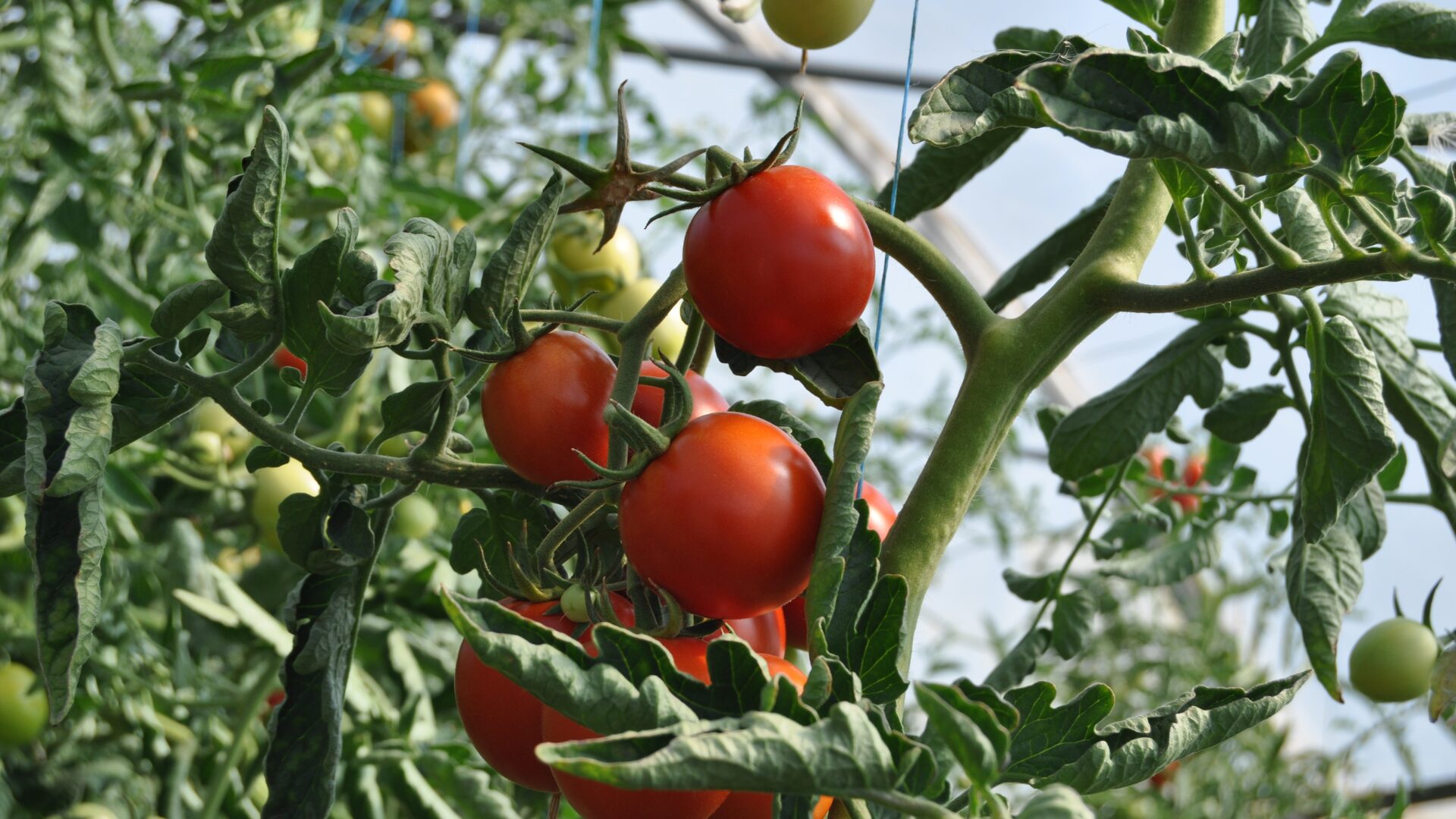The impacts of Hurricane Ian are still being analyzed, but one thing is certain: the Florida citrus industry’s losses will be staggering.
That’s according to The University of Florida’s Institute of Food and Agricultural Sciences, which estimated losses for Florida agriculture between $786.6 million and $1.6 billion in connection to the September storm.
The UF report noted heavy losses for Florida’s citrus industry, ranging between $146.9 million and $304.3 million, with the local severity being connected to the damage to branches, impacts due to heavy precipitation and flooding, and the level of fruit drop in individual groves.
“Note that major river flooding events occurred in groves that were outside of the more intense wind speed zones, which could have effects on production that are not yet known…Production loss values do not include repair or replacement values associated with down trees (which were significant in the aftermath of Hurricane Irma and are expected to be so in the aftermath of Hurricane Ian) or damages to infrastructure such as irrigation equipment and buildings,” read the report.
Citrus Production Unlikely to Meet Historical Ranges
Florida citrus production was forecast by the USDA to hit its lowest level since World War II at 28 million 42-lb. boxes, representing a 32% year-over-year drop, and that was before Hurricane Ian made landfall. Prior storms, freezes, and diseases like citrus greening have all played a part over the last decade in the decline of the state’s famous industry, and Hurricane Ian could make matters even worse.
Carol Plisga, an independent consultant and global juice market veteran, noted the immediate damage was obviously devastating for the industry, but her greater worry was on the future of the Florida orange industry.
“What is even more concerning is what will be the long-term damage and how long will it take to recover? Many groves were flooded and some, [as of Oct. 19], are still flooded. Those trees will be a total loss. It’s still too early to predict anything with confidence but early indication is it will take at least two seasons to recover,” she said in an e-mail to The Food Institute.
Plisga said the era of Florida citrus production reaching 200 million boxes was over, and that she was unsure if the industry would be able to reach 100 million boxes again.
FCOJ, Other Juice Prices Spiking After Storm
In the aftermath of the storm, juice prices have been rising. A recent NBC News report found prices for a 12-oz. can of frozen concentrated orange juice (FJOC) reached $2.90, representing an all-time high. Plisga also pointed to futures prices closing at $2.087 on Oct. 18, representing the highest futures price since November 2016.
John Ferreiro, president of fruit juice brokerage Ferreiro & Company, told The Food Institute via e-mail that demand and prices for apple juice concentrate were also going up in connection with a lackluster Florida crop and lowered availability of FJOC, grape juice concentrate, and pear juice concentrate.
Prices for Chinese fruit were on the rise in connection to higher freight costs and duties. He also mentioned an antidumping suit against Argentine producers and European energy prices as market headwinds in the global juice trade.
“In summary, nearly all juice concentrates and fruit items are short, and prices are elevated. And demand remains relatively strong, so far,” he concluded.












